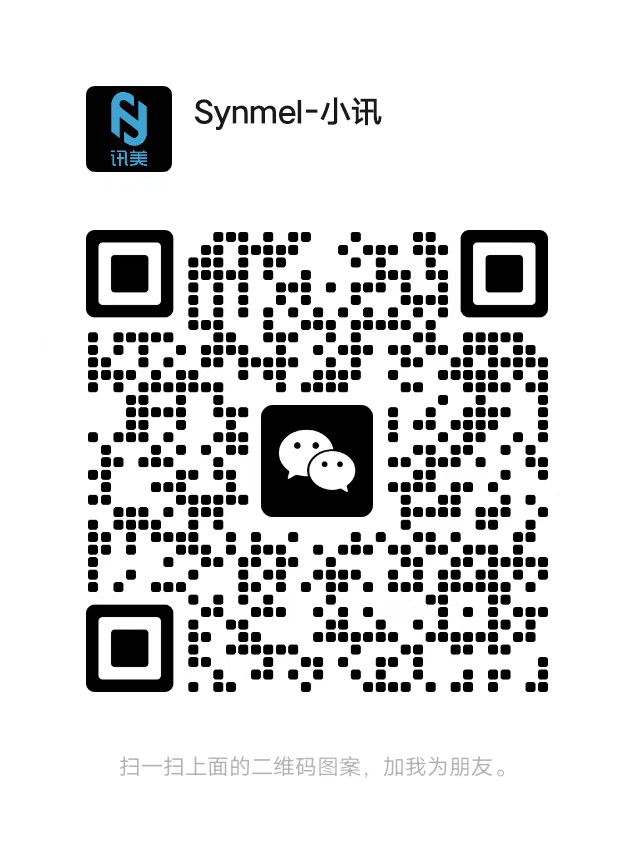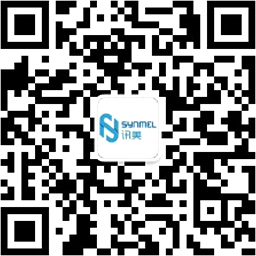- English
- Español
- Português
- русский
- Français
- 日本語
- Deutsch
- tiếng Việt
- Italiano
- Nederlands
- ภาษาไทย
- Polski
- 한국어
- Svenska
- magyar
- Malay
- বাংলা ভাষার
- Dansk
- Suomi
- हिन्दी
- Pilipino
- Türkçe
- Gaeilge
- العربية
- Indonesia
- Norsk
- تمل
- český
- ελληνικά
- український
- Javanese
- فارسی
- தமிழ்
- తెలుగు
- नेपाली
- Burmese
- български
- ລາວ
- Latine
- Қазақша
- Euskal
- Azərbaycan
- Slovenský jazyk
- Македонски
- Lietuvos
- Eesti Keel
- Română
- Slovenski
- मराठी
- Srpski језик
How to avoid interference between RF labels
Avoiding interference between RF labels is crucial, especially in RFID systems. Multiple labels operating in the same frequency band can easily collide, leading to read errors or reduced efficiency. Several effective solutions are listed below:
1. Using Different Frequency Bands
Low-Frequency (LF) and High-Frequency (HF) labels: The large separation between these two frequency bands prevents interference between RF labels operating in these bands.
UHF tags: Interference is more pronounced in the UHF band, so additional technical measures are needed to mitigate interference.
2. Backscatter Modulation
Some RFID systems use backscattering technology, where labels communicate with readers by reflecting signals off antennas. Modulating the backscattered signal can reduce interference.
3. Time Division Multiple Access (TDMA)
Using TDMA, the system allocates time windows for each label to transmit within a specific timeframe, preventing interference caused by multiple labels transmitting simultaneously.
4. Frequency Hopping Spread Spectrum (FHSS)
This technology rapidly switches between multiple frequencies to avoid interference at a single, fixed frequency. Both the reader and the label must support this technology.
5. Tag Identification Protocol (such as ALOHA)
Adaptive communication protocols like ALOHA enable the system to detect collisions and retransmit data. Some protocols, such as Slotted ALOHA, control tag transmissions within time slots, which can reduce the occurrence of collisions.
6. Tag Density Control
Reducing the number of labels per unit area to avoid overcrowding. Precise tag deployment ensures that tags do not interfere with each other.
7. Optimizing Reader Power Settings
Control the reader's transmit power to minimize interference with surrounding labels. Lowering power can sometimes prevent interference over long distances, especially in complex environments.
8. Directional Antennas
Using directional antennas can reduce mutual interference between labels. These antennas focus only on tags in a specific direction, thereby minimizing interference with tags in other directions.
9. Using Active RFID Labels
Active RFID labels have internal batteries and periodically transmit signals rather than passively responding, reducing interference with passive labels. However, they are generally more expensive, making this solution suitable for high-value items or applications requiring a longer read range.
10. Tag Self-Organizing Network (LSN)
The use of smart labels enables a self-organizing network between readers and tags, adjusting the label communication cycle and transmission method to avoid interference.
These methods can effectively reduce or eliminate mutual interference between RF labels, improving the stability and performance of RFID systems.




